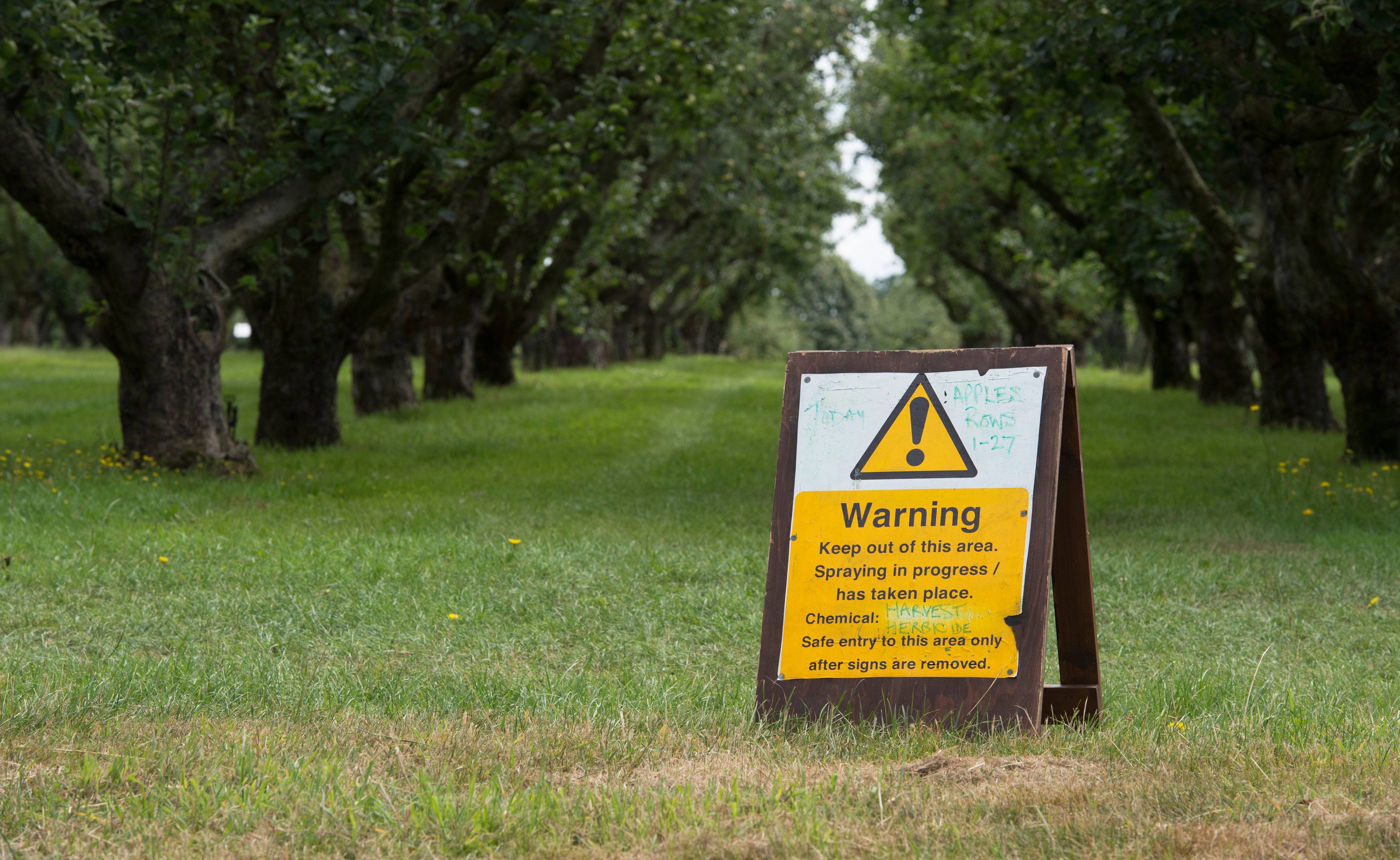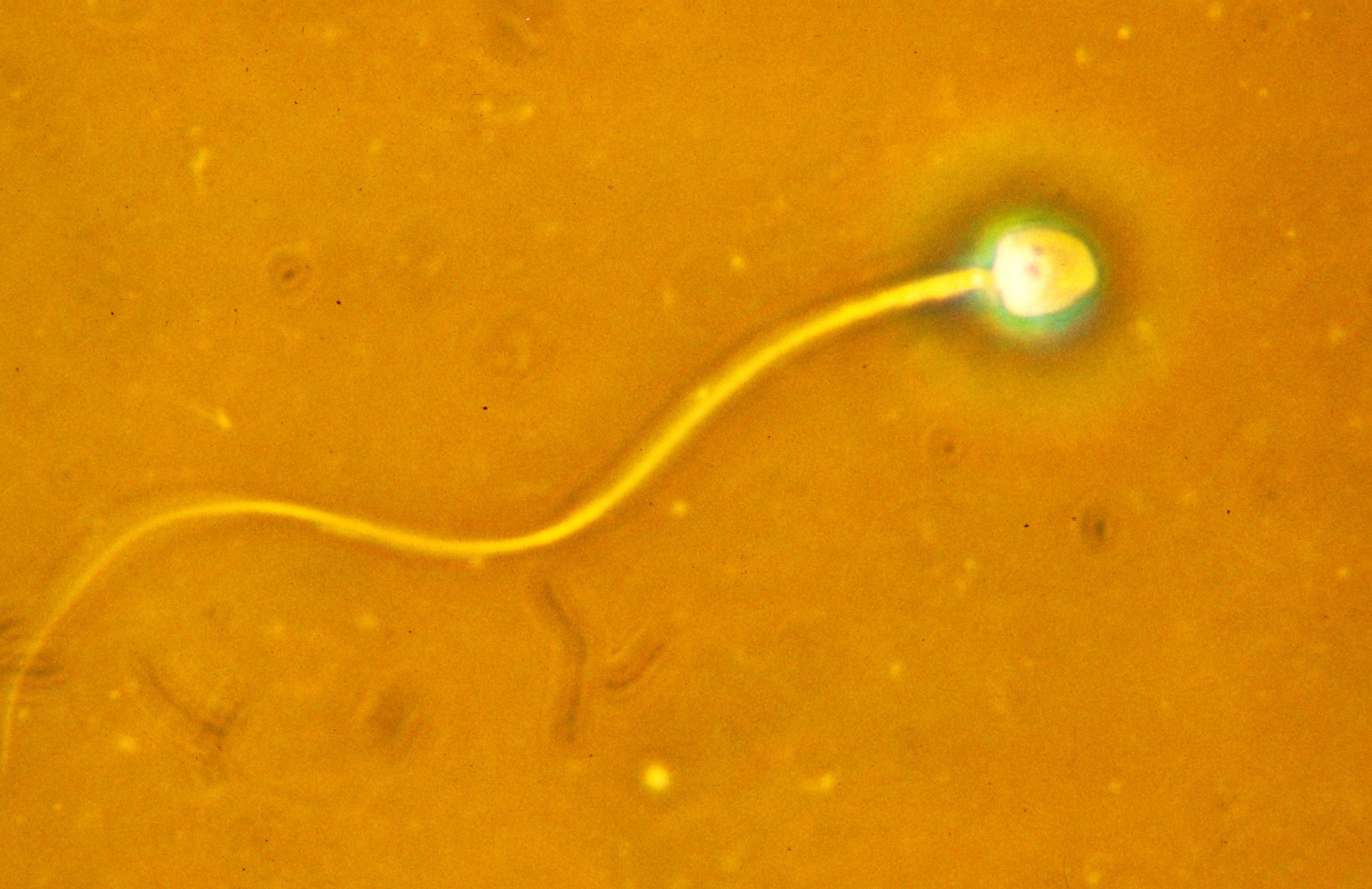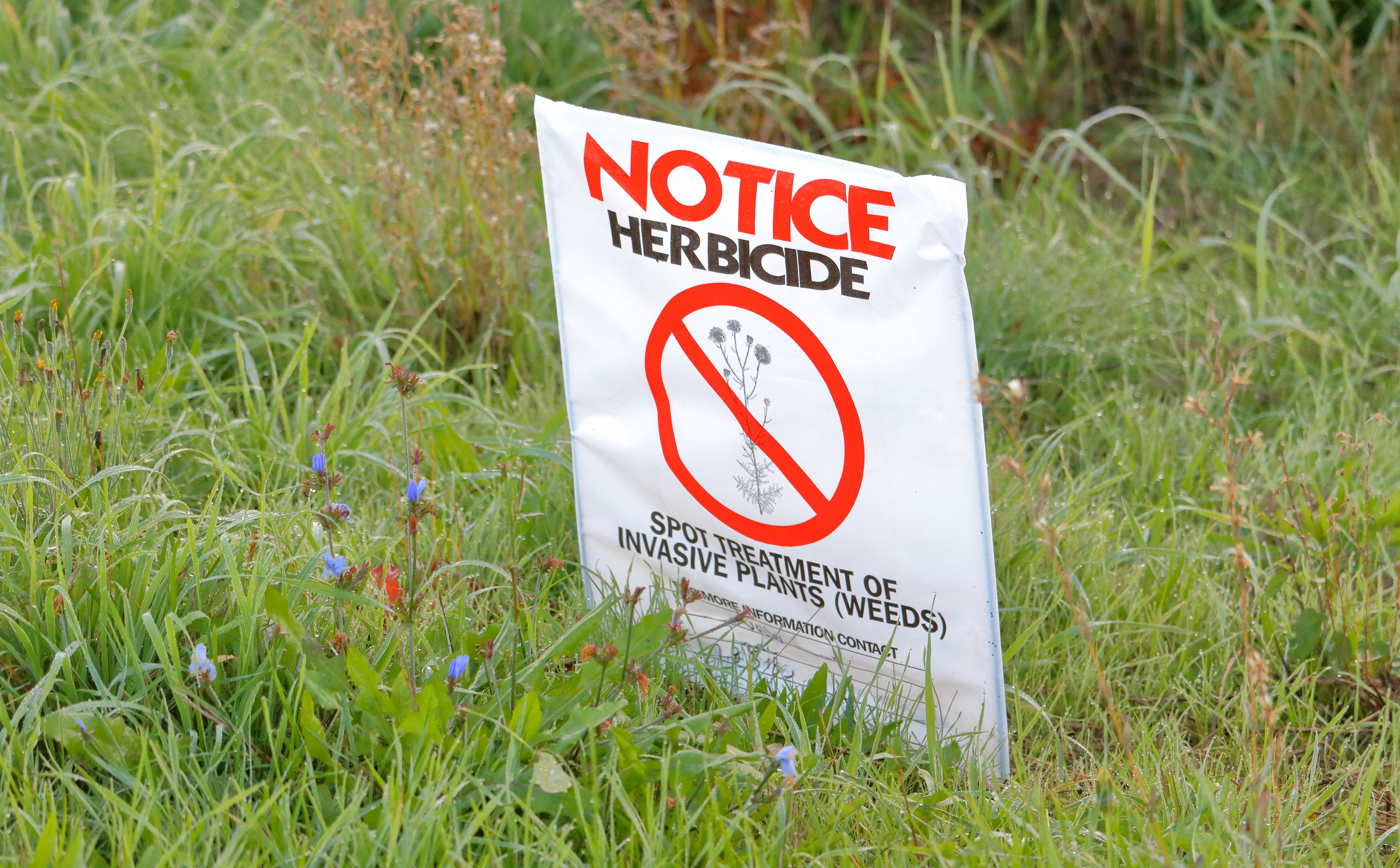
Health & Medicine
The household chemicals affecting your fertility

Scientists are calling for a herbicide banned in the European Union for the last 15 years to be withdrawn in Australia for its effect on male fertility
Published 19 January 2019
The last 50 years has seen a rapid decline in male reproductive health. Decreased sperm counts, increased rates of testicular cancer and a range of malformations in male genitalia have been reported in industrialised countries across the globe.
These problems are clearly of major concern to hopeful parents and medical practitioners and so research is investigating ways to try and prevent these reproductive health issues.

At the University of Melbourne, research has focused on a herbicide called atrazine (ATZ) and its damaging effects on male mice and their sperm.
While ATZ is commonly used in Australia and the USA, it has been banned in the EU since 2003. It’s an endocrine disrupting chemical (EDC) and other key studies have highlighted that as male fertility has decreased, our exposure to EDCs has increased.
Could this be a factor in declining male reproductive health?

Health & Medicine
The household chemicals affecting your fertility
More than 1,480 of these chemicals have been identified to date. They interfere with the body’s hormones and disrupt their communication pathways by blocking hormones or by mimicking natural hormones. EDCs are mostly man-made and found in pesticides, plastics, additives or contaminants in food, and in personal care products.
Because hormones regulate everything from reproduction, growth and nervous and immune function, any system in the body controlled by hormones can be derailed by EDCs, resulting in an array of disorders and diseases.
A wide number of studies illustrate that EDCs negatively affect wildlife like frogs, fish, birds, seals and alligators. What is yet to be determined is at what level and after what length of exposure these drastic consequences occur. And, what are the ramifications of EDCs for humans?
Professor Andrew Pask and Dr Mark Green from the School of BioSciences at The University of Melbourne led the study looking at the effects of atrazine (ATZ) on male mice.

“We focused on atrazine because it’s a common contaminant in the waterways of Australia,” says Professor Pask. “It is also very widely used, with 33,000 and 3,000 tonnes applied to soils every year in the USA and Australia respectively.”
The chemical is designed to slow growth of new plant tissue by preventing photosynthesis or the generation of energy by plants. In Australia, atrazine is mainly used to control weeds in summer crops like sorghum, maize and sugarcane, as well as canola, pasture and golf courses.
“Our study has specifically focussed on the exposure of atrazine during puberty, a critical stage of male sexual development,” says Professor Pask.

Sciences & Technology
Obesity link to packaging chemical
“While there have been many toxicity studies conducted, very few chemicals have been thoroughly tested for their potential to interfere with the endocrine or hormone systems and during different stages of development.
“We examined two doses of ATZ which included the ‘safe’ level for drinking water, determined by the Australian government, as well as a 10-fold higher dose delivered to the mice in drinking water from weaning until 12 weeks of age,” added Professor Pask.
“Our results showed significant effects on the reproductive and general health of male mice.”
When researchers looked at the ‘safe’ and high atrazine exposure in mice (0.5 milligrams and 5 milligrams of atrazine per kilogram of bodyweight per day respectively), they saw a significant increase in the percentage of dead spermatozoa (sperm) by eight weeks, as well as decreased sperm motility.
There were also broader health effects including weight gain in mice exposed at the lower dose of ATZ, irrespective of their food and water consumption.

The University of Melbourne researchers suggest the effects of atrazine may be due to disruptions to metabolism. Other studies have found low concentrations of ATZ can damage mitochondria or the energy-generating centres in the cell. This damage can resemble an insulin-resistant state and may explain the weight gain in the mice.
“We found a change in gene expression in the liver following ATZ exposure. Two genes implicated in fat uptake were found to be over-expressed, an early stage of ‘fatty liver disease,” Professor Pask says.
The study suggests ATZ can alter liver gene expression and affect weight, indicating alterations to metabolism in addition to ATZ’s effects on hormone disruption.

“But unlike other types of chemicals, the dose effect of endocrine disruptors is not linear,” says Dr Mark Green. “The effects don’t increase in an expected, proportional way as dose increases.”
Lower doses over a long exposure time may potentially do more damage than a high dose. This is because the low dose is likely to be similar in concentration to the body’s own hormones while the very high dose can be too high to generate a response.
“This could be reflected in our findings that the lower dose of atrazine led the mice to gain weight whilst the higher dose did not, which is why it is important to study a range of doses,” says Dr Green.
“We know that the combined effects of weight gain and decreased sperm quality have major effects on male reproductive success and the health of offspring.”
The researchers are currently studying the effects of atrazine exposure on embryos. They’re also looking at how atrazine exposures impact the health of subsequent generations of mice, and if the effects may be inherited.

“We have highlighted the importance of investigating chronic exposure to low doses of endocrine disruptors. These doses are used to calculate the current government-approved safe level - and may have different physiological effects than previously seen,” says Dr Green.
“There is a lot more we need to know about these chemicals to protect the health of humans and animals.”
So, is it time to reassess Australia’s use of what is still regarded as a ‘safe’ herbicide?
Banner image: Alamy